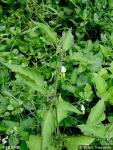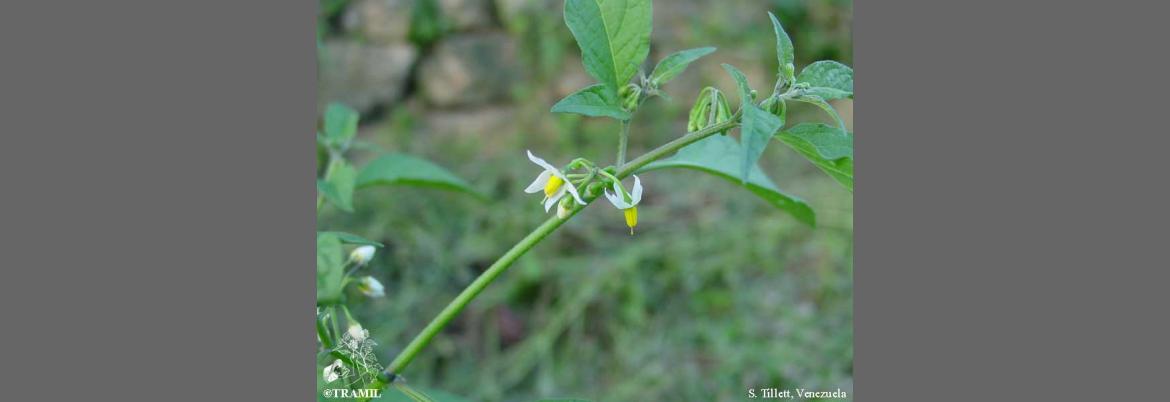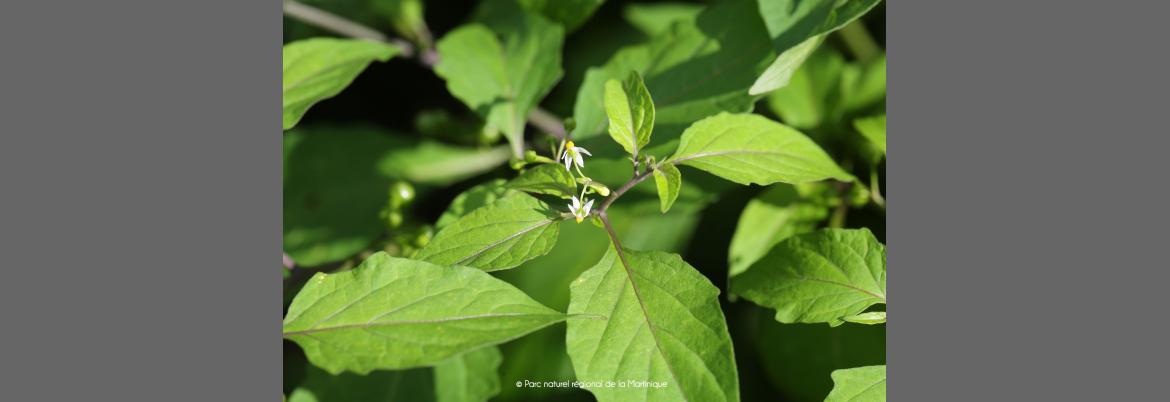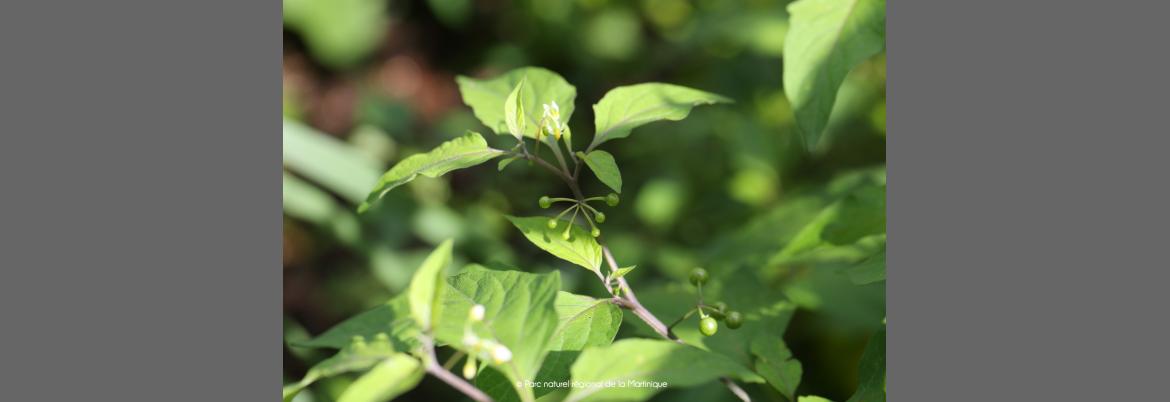1 GIRON L, 1988 Encuesta TRAMIL (Costa atlántica). Centro Mesoamericano de Tecnología CEMAT, Guatemala, Guatemala.
2 HE XG, MOCEK U, FLOSS HG, CACERES A, GIRON L, BUCKLEY H, COONEY G, MANNS J, WILSON BW, 1994 An antifungal compound from Solanum nigrescens. J Etnopharmacol 43(3):173-177.
3 GIRON L, 1983 Investigación de la inhibición de Candida albicans por preparaciones de plantas usadas en la medicina popular (Tesis Mag. Sc). Fac Ciencias Químicas y Farmacéuticas, Universidad de San Carlos de Guatemala USAC, Guatemala, Guatemala.
4 CACERES A, GIRON L, ALVARADO S, TORRES M, 1987 Screening of antimicrobial activity of plants popularly used in Guatemala for the treatment of dermatomucosal diseases. J Ethnopharmacol20(3):223-237.
5 GIRON LM, AGUILAR GA, CACERES A, ARROYO GL, 1988 Anticandidal activity of plants used for the treatment of vaginitis in Guatemala and clinical trial of a Solanum nigrescens preparation. J Etnopharmacol 22(3):307-313.
6 CACERES A, LOPEZ BR, GIRON MA, LOGEMANN H, 1991 Plants used in Guatemala for the treatment of dermatophytic infections. 1. Screening for antimycotic activity of 44 plant extracts. J Ethnopharmacol 31(3):263-276.
7 COONEY G., BUCKLEY H, BRICKUS T, CACERES A, 1991 Fungicidal activity of aSolanum plant extract from Guatemala, CA. Pharmacy World Congress, Washington, USA. CS 52.
8 LARA R, SANDOVAL H, JIMENEZ M, DE LA ROCA D, GUZMAN A, 1991 Determinación de la actividad inmunomoduladora de los extractos de zarzaparrilla, quilete y pericón. IV Congreso Nacional de Microbiología, Guatemala, Guatemala.
9 AGUILAR G, 1985 Tratamiento de la candidosis vaginal con extracto deSolanum nigrescens (Tesis Mag. Sc). Fac Ciencias Químicas y Farmacéuticas, Universidad de San Carlos de Guatemala USAC, Guatemala, Guatemala.
10 GIRON L, 1992 Toxicidad aguda del extracto acuoso de Solanum nigrescens. Informe TRAMIL. FARMAYA, Guatemala, Guatemala.
11 GIRON L, CACERES A, FREIRE V, ALONZO A, SALVADOR L, 1995 Folleto informativo sobre algunas plantas comúnmente utilizadas por la población Garifuna de Livingston, Guatemala, Guatemala, p45.










